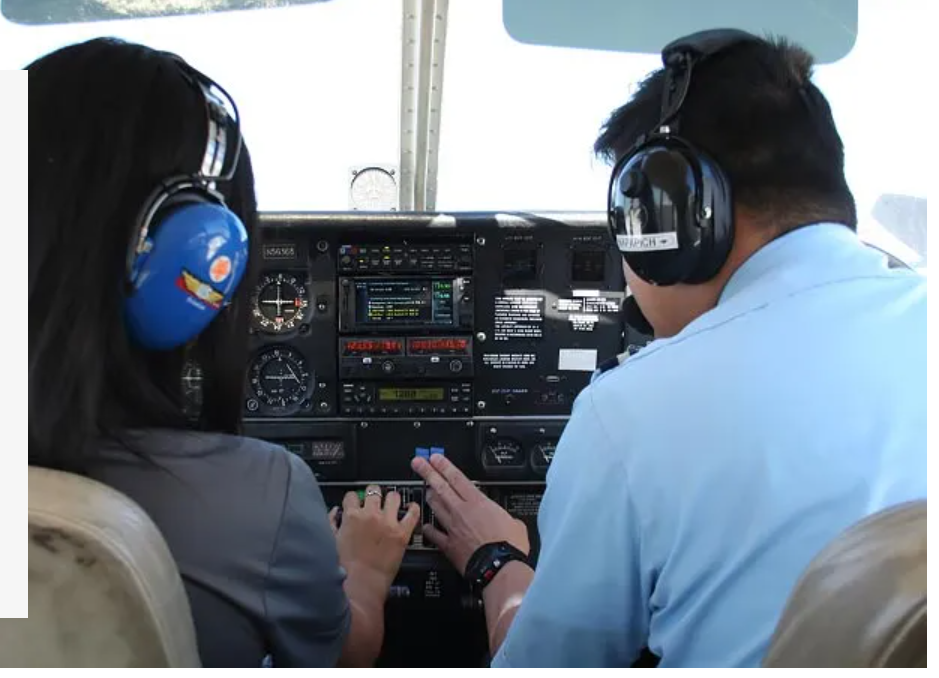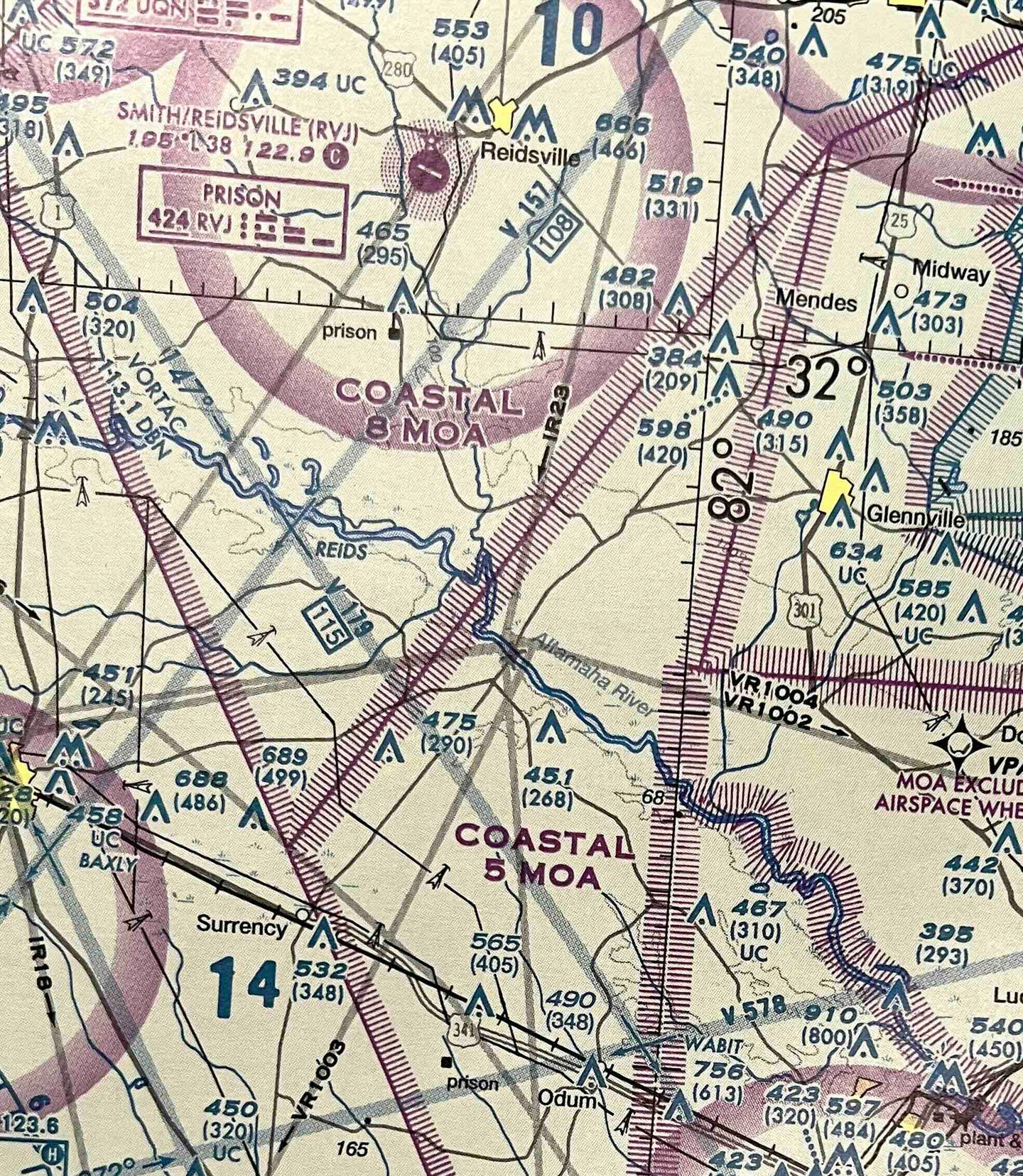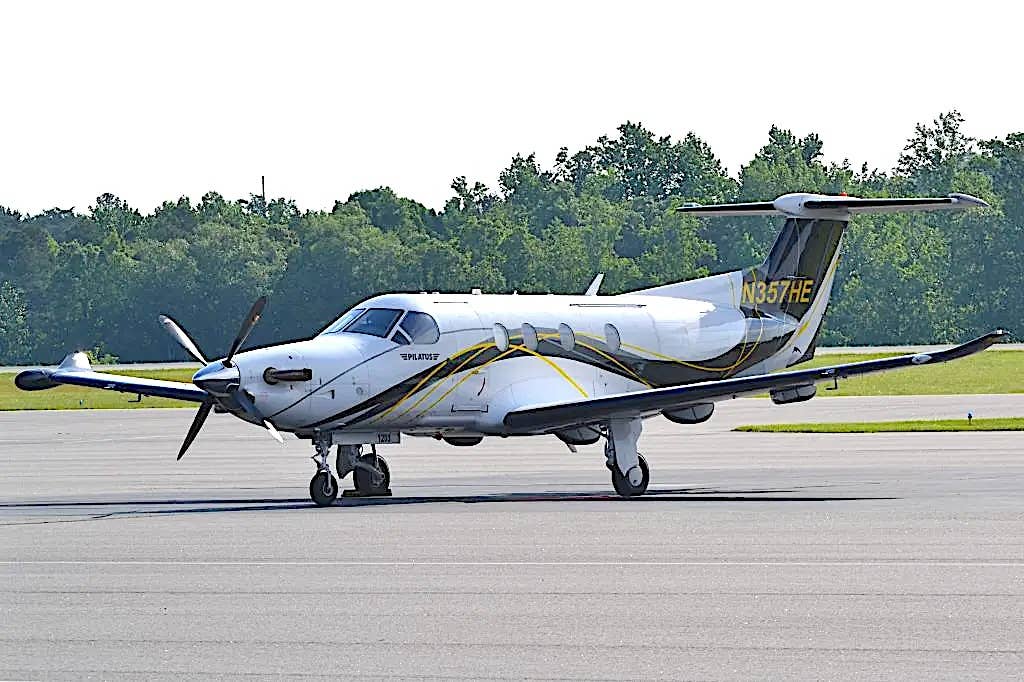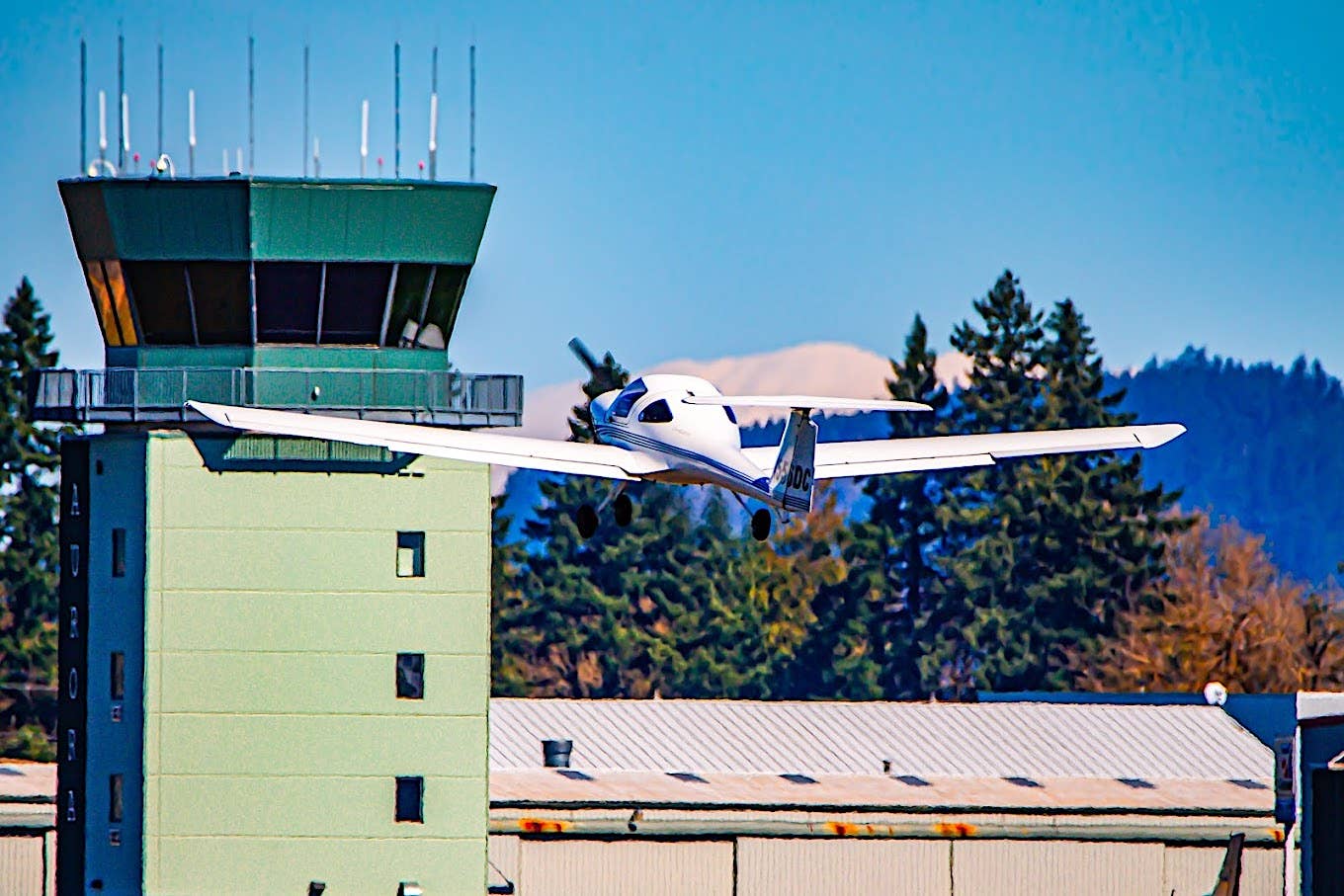General Aviation Accident Bulletin
AVweb’s General Aviation Accident Bulletin is taken from the pages of our sister publication, Aviation Safety magazine. All the reports listed here are preliminary and include only initial factual findings…

Aviation Safety Accident Bulletin
AVweb's General Aviation Accident Bulletin is taken from the pages of our sister publication, Aviation Safety magazine. All the reports listed here are preliminary and include only initial factual findings about crashes. You can learn more about the final probable cause on the NTSB's website at www.ntsb.gov. Final reports appear about a year after the accident, although some take longer. Find out more about Aviation Safety at www.aviationsafetymagazine.com.
April 1, 2020, Sequin, Texas
Beechcraft M35 Bonanza
At about 1340 Central time, the airplane sustained substantial damage during a precautionary landing. The pilot and passenger were uninjured.
According to the pilot, after the initial power reduction following takeoff, he heard a continuous “loud exhaust popping” noise. The pilot decided to return to the airport and land. Once established and set up on final approach, he concluded the airplane was “high and fast,” and knew he would land “long and hot.” The airplane touched down on the runway but came to rest against a metal farm fence off the end of the runway. The pilot reported the engine continued running until he shut it down after the airplane impacted the fence. The airplane sustained substantial damage to both wings.
April 1, 2020, Palm Coast, Fla.
Diamond DA42 Twin Star
The instructor and student were practicing a simulated single-engine landing, with the left engine set to about 12 percent power, simulating a feathered propeller. While on final approach, the airplane drifted right and the student reported difficulty controlling the airplane due to a crosswind. The instructor told the student to use more left rudder, but the airplane continued to drift right.
The student decided to abort the landing and initiated a go-around by advancing both engines to full power. During the go-around, the airplane drifted left, the instructor took the flight controls and applied full right rudder. The airplane continued drifting to the left, descended, impacted vegetation and collapsed the landing gear. Wind was from 40 degrees right of the runway centerline at 10 knots, gusting to 15 knots. The calculated crosswind component was from the right at between six and 10 knots.
April 1, 2020, Hollywood, Fla.
Cessna 172N Skyhawk
As part of a flight review, the private pilot had completed six touch-and-go landings in gusty wind conditions. During the next approach, a strong wind gust forced the airplane out of ground effect while in the flare and the instructor called for a go-around. The private pilot did not add full power, however, and the instructor took control as the airplane entered a stall. Instead, the airplane descended, rolled to the left and impacted the left side of the runway. It continued into the grass and nosed over.
April 2, 2020, Hessel, Mich.
Champion Aeronca 7FC Tri Traveler
The pilot was attempting a three-point, full-stall landing in the tailwheel-equipped airplane. Conditions included a right-quartering headwind of about 10 to 15 knots. During the landing rollout, a wind gust raised the right wing and turned the airplane about 30 degrees to the right. The pilot attempted to correct, but the airplane exited the right side of the runway and contacted a snowbank. The airplane decelerated rapidly and nosed over, sustaining substantial damage to its left wing and wing strut.
April 4, 2020, Hillrose, Colo.
RANS S-12 Airaile Experimental
The non-certificated pilot and his son departed in the unregistered experimental airplane on a local personal flight from his private airstrip. During the return flight, they noticed an area of smoke and fire near the pilot’s property and proceeded to the area. The pilot descended the airplane to about 20 feet AGL, trying to identify what was burning. The pilot “immediately” pulled up to avoid powerlines, “but was 2 seconds late,” according to his report, and the airplane struck the powerlines.
April 4, 2020, Santa Paula, Calif.
Cessna 177RG Cardinal RG
At about 1900 Pacific time, the airplane was substantially damaged during a forced landing following total loss of engine power. The solo private pilot received minor injuries. Visual conditions prevailed.
According to the pilot, he determined a total fuel quantity of about 15 gallons, evenly balanced between the left and right wing fuel tanks, by observing the fuel gauges. He did not look inside the fuel tanks to visually confirm the fuel level. He discovered enough water in the right wing tank to require sumping it about four times.
During initial climb after his fourth touch-and-go landing, the engine lost power at about 100 feet AGL. He turned to align with an adjacent runway, and the engine momentarily regained power multiple times, but the pilot was unable to successfully restore and maintain power. The airplane impacted a dry riverbed and came to rest upright.
This article originally appeared in the July 2020 issue of Aviation Safety magazine.
For more great content like this, subscribe to Aviation Safety!






